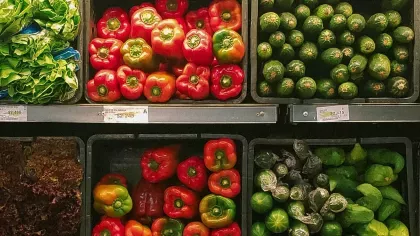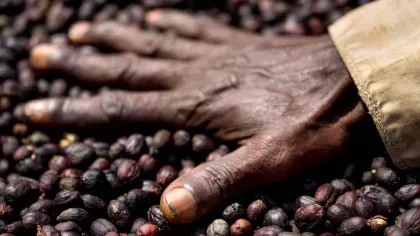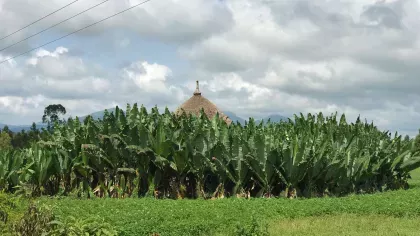20 April 2022
Meet 13 stars of Food Forever
Get to know some of the stars of Kew’s event of the summer exploring the future of food.

Food insecurity is one of the greatest challenges we face today.
With a growing population thought to expand by two billion in the next 30 years, how do we sustainably feed everyone in an ever-changing climate?
We must carefully consider the foods on our plate and the impact they are having on our planet to avoid eating ourselves into extinction.
Join us on a thought-provoking journey this summer at Kew and explore the future of food in an ever-evolving world.
From the artists behind large-scale installations and a major exhibition, to Kew scientists and partners researching sustainable food production and consumption around the world, meet some of the stars behind Kew’s event of the summer.
Skip to the stars behind our:
Mighty installations
Thomas Dambo: Trolls (Matt and Helen), 2022
Recycle art activist Thomas Dambo conjures up gentle giants from scrap wood, old pallets, twigs and debris.
For Kew, Dambo has created two giant trolls eating together from galvanised steel bins, strewn with an assortment of vegetables.
The trolls show us the benefits of plant-based, sustainable foods and eating together for our mental and nutritional health.


Leandro Erlich: The Breach (Labyrinth of Monoculture), 2022
Argentinian artist and architect Leandro Erlich plays with our perceptions of reality in his latest work, The Breach.
Inside this immersive installation at Kew, visitors can walk through a labyrinth of fields populated by a single cultivated crop species (monocultures) and biodiverse landscapes that appear infinitely replicated.
The Breach highlights the relationship between human activity and the land upon which we live, serving as a powerful reminder of the impact our agricultural processes for food have on the biodiversity of our planet.
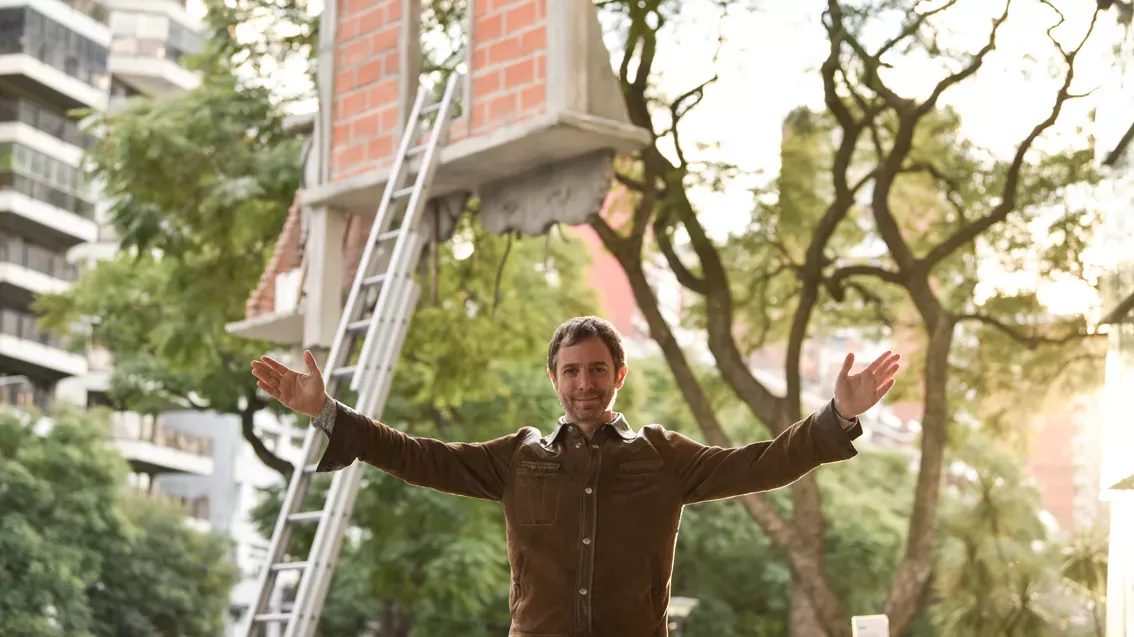
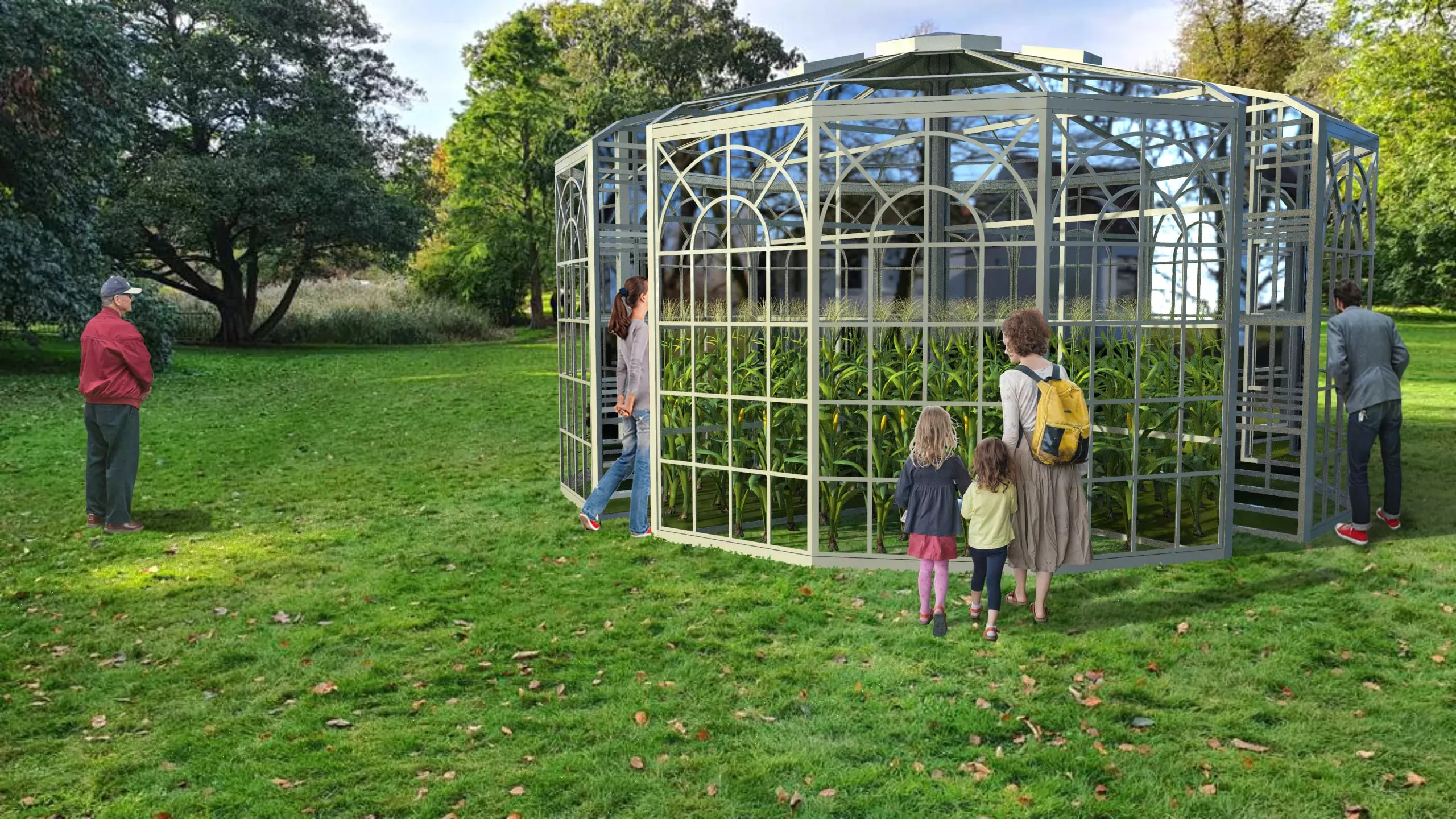
Serge Attukwei-Clottey: Shooting at Hunger
Ghanaian artist Serge Attukwei-Clottey presents Shooting at Hunger to Kew this summer.
Named after Homowo, a harvest festival celebrated by the Ga people of Ghana, the installation takes the form of an Asanka bowl, a Ghanaian clay grinding bowl used in food preparation.
Homowo remembers the famine that once befell Ga communities in pre-colonial Ghana. This is still prevalent today, with climate change leading to increasingly poor crop yields — impacting the farmers and communities they feed.
Through art, Attukwei-Clottey wishes to engage viewers with the impact of climate change and food choices on farming communities around the world to drive activism.
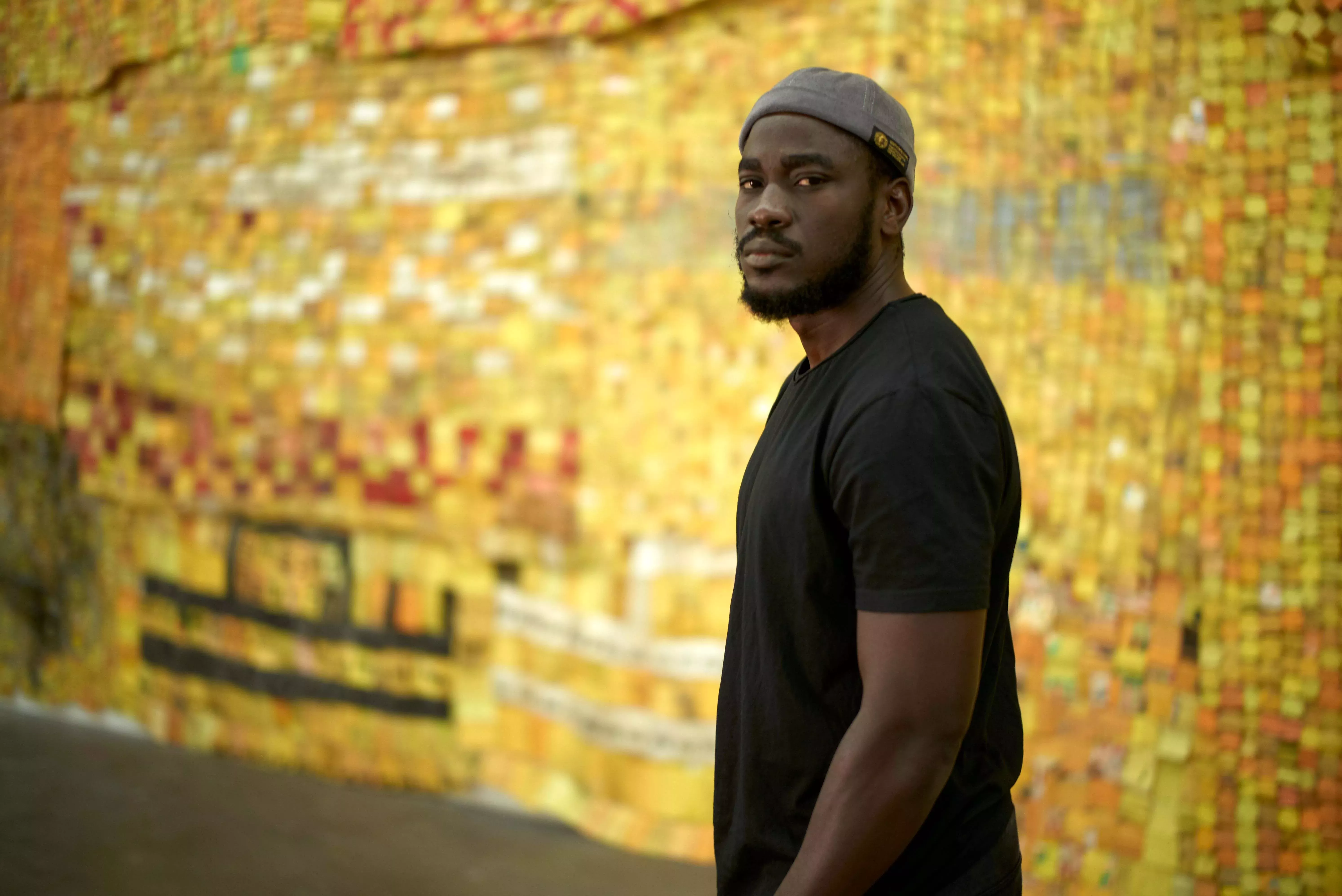
Sharp & Sour: Future Food Stories
We need to find more resilient and sustainable foods to secure the future of life on Earth.
Future Food Stories by Madrid-based design studio Sharp & Sour explores the foods we rely on most, those that are under threat, and what the future of foods may look like.
What if kitchen heroes like potatoes, wine, bananas and avocados disappeared overnight? Visit Future Food Stories and see for yourself.
Through this poignant piece, Sharp & Sour wish to spark conversation about the climate crisis and build collective awareness of one of the most underestimated consequences: the extinction of food.
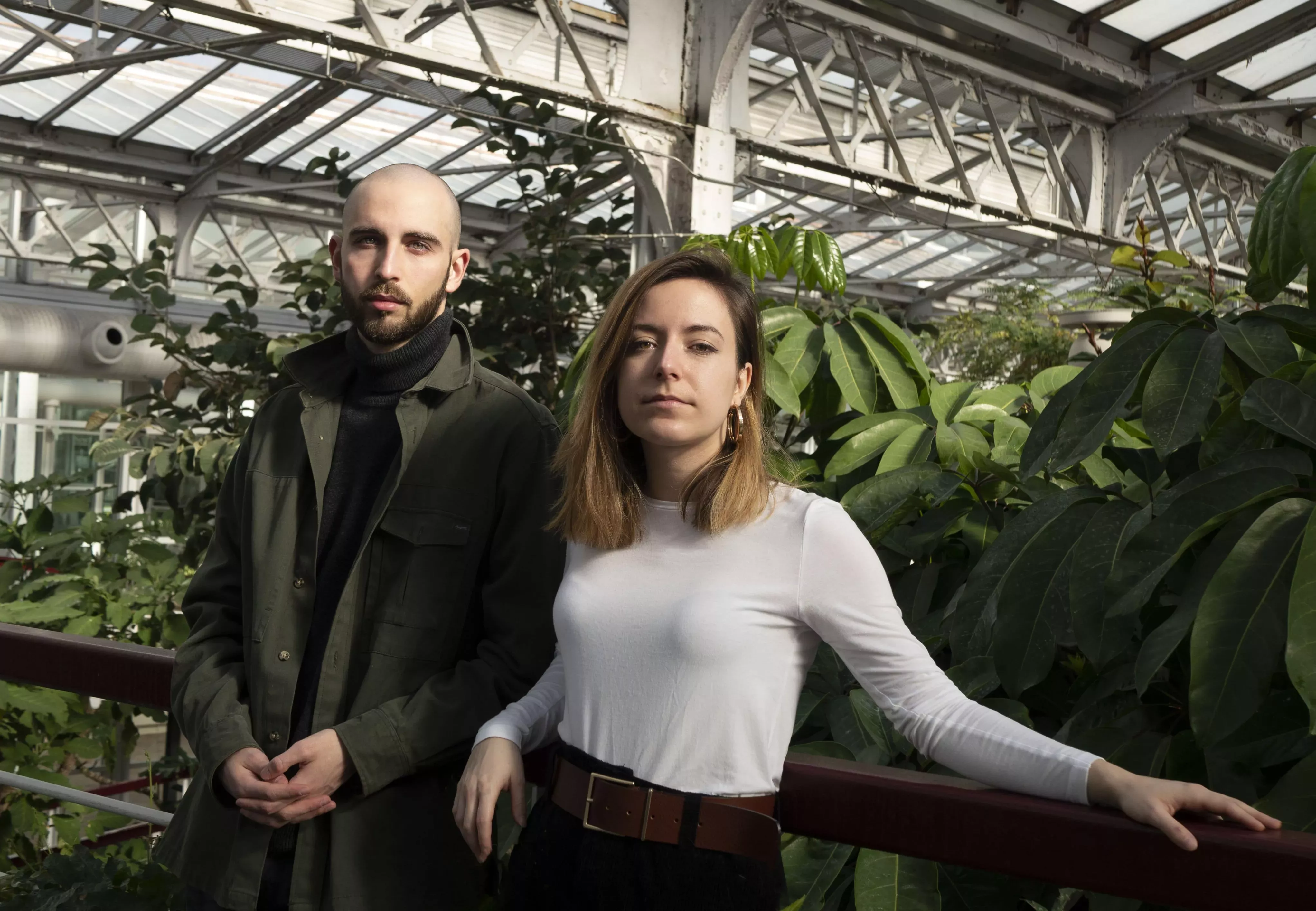
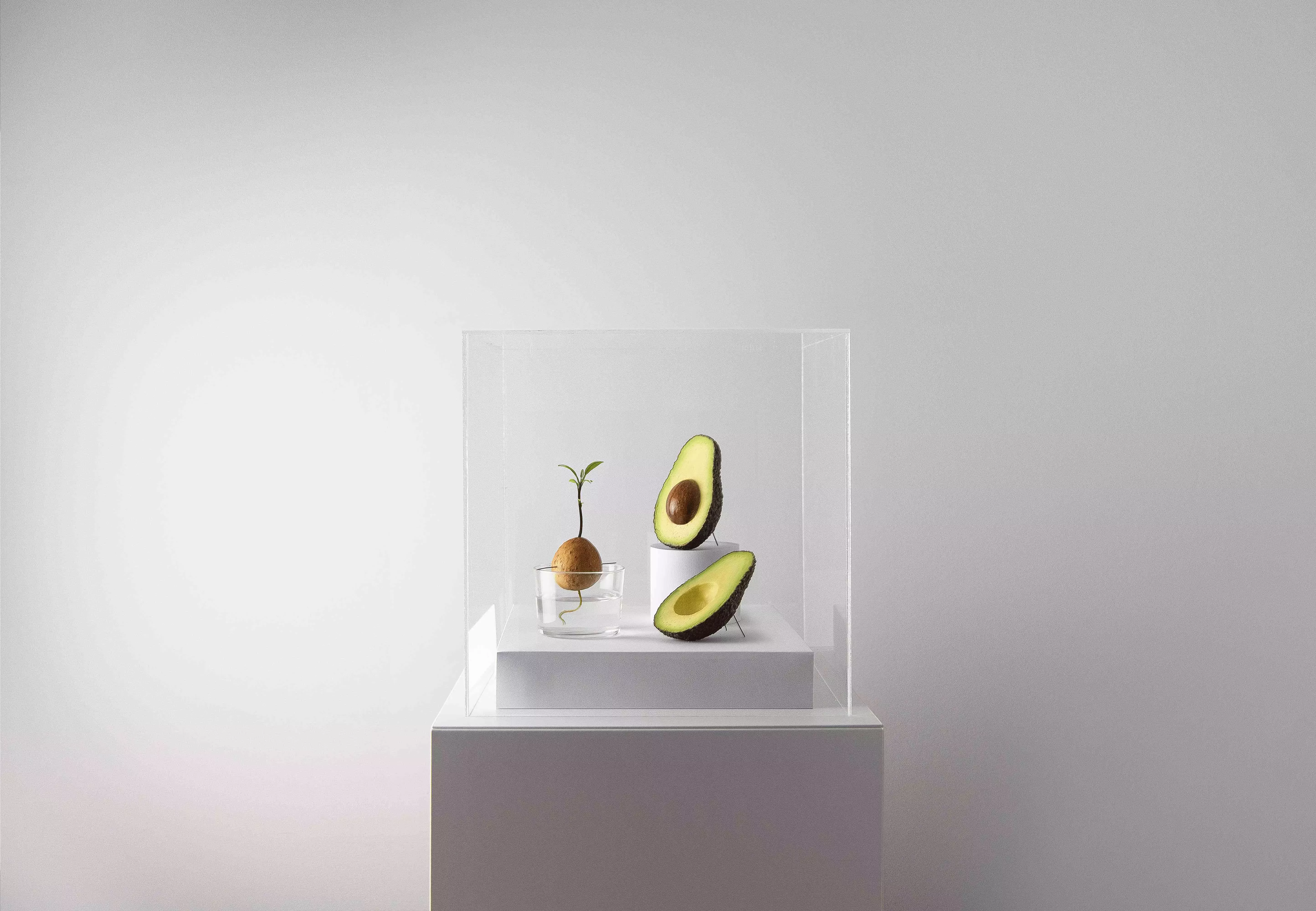

Luminous gallery exhibitions
Tanya Schultz (Pip & Pop): When flowers dream
Our brand-new, wonderfully vibrant exhibition by Pip & Pop is a feast for the eyes.
Stop by the Shirley Sherwood Gallery of Botanical Art to explore a food utopia inspired by folklore of paradise lands, magical places of abundance and immortality.
The abundant, pastel-coloured installations are created from materials like sugar, modelling clay, beads, artificial flowers and rainbow string to give them an edible appearance.
Pip & Pop shines a light on the often neglected, edible plants which may prove to be the food of the future and challenges perceptions of food consumption, together inspiring an optimistic future for us all.
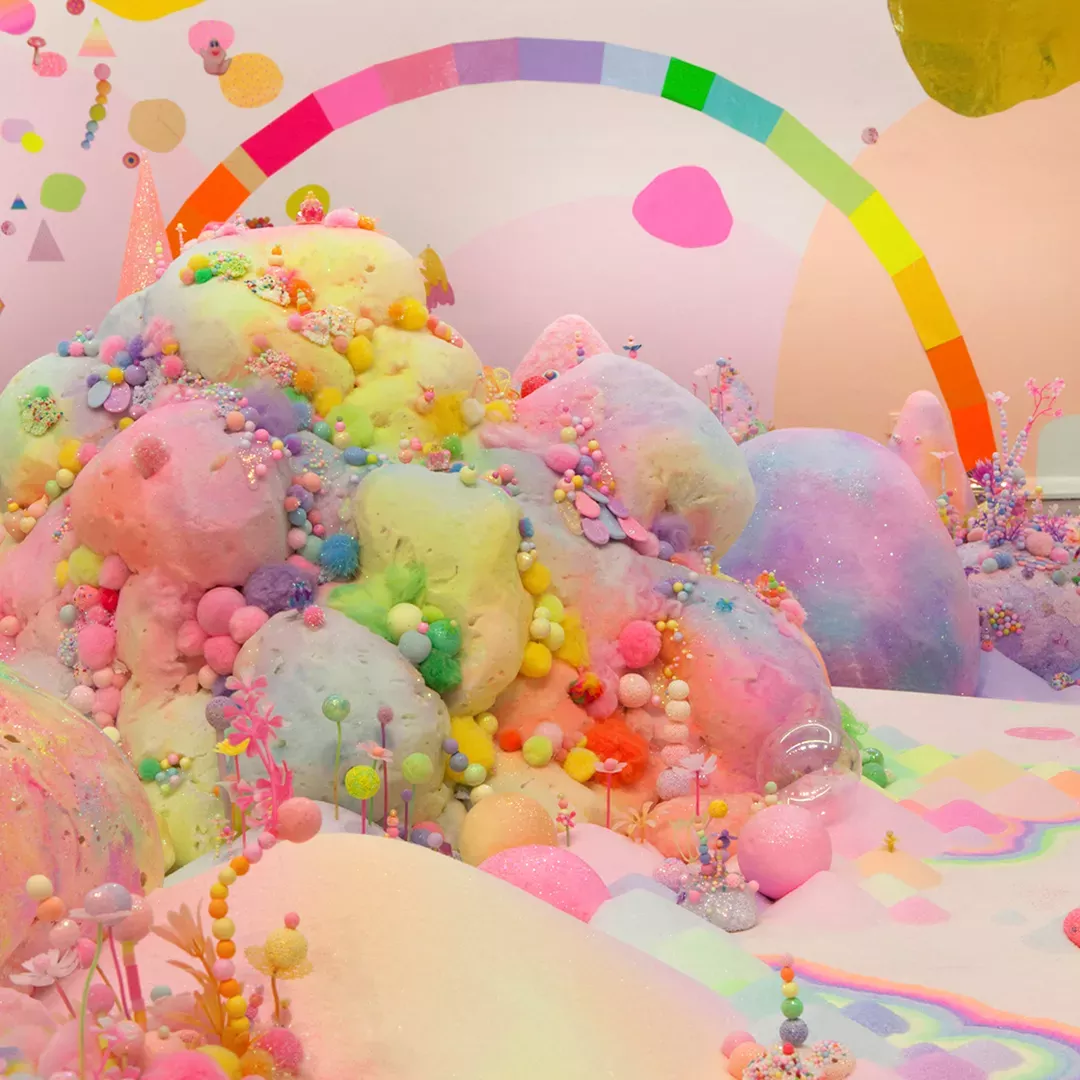
Shirley Sherwood: The Art of Food
After your trip to food paradise, why not continue on your exploration of nature’s harvest through the lens of botanical art?
Carefully curated by Dr Shirley Sherwood OBE, The Art of Food celebrates the importance of plant-based foods through a collection of exquisite works.
From ginger to sugar cane, pomegranates to red currants, and potatoes to rice, don’t miss this exhibition at the Shirley Sherwood Gallery of Botanical Art.
World-leading scientific research
Kew experts and partners worldwide are casting a scientific eye over the future of foods.
Together, we are helping to combat biodiversity loss, conserve and research foods of the future, and secure sustainable food supplies for the wellbeing of all people and the future of life on Earth.
James Borrell: Enset
‘The tree against hunger’, enset, is a staple crop for 20 million people in Ethiopia.
As well as a source of food, parts of enset are used to make rope, medicine, shelter, feed for animals and items of clothing.
Enset is also incredibly resilient – it can withstand drought, heavy rain and flooding much better than other crops, making it an invaluable ‘future food’ in a changing global climate.
Kew’s scientists are embarking on projects to map the distribution and diversity of enset, discover its secrets, and explore the what’s behind its impressive resilience.
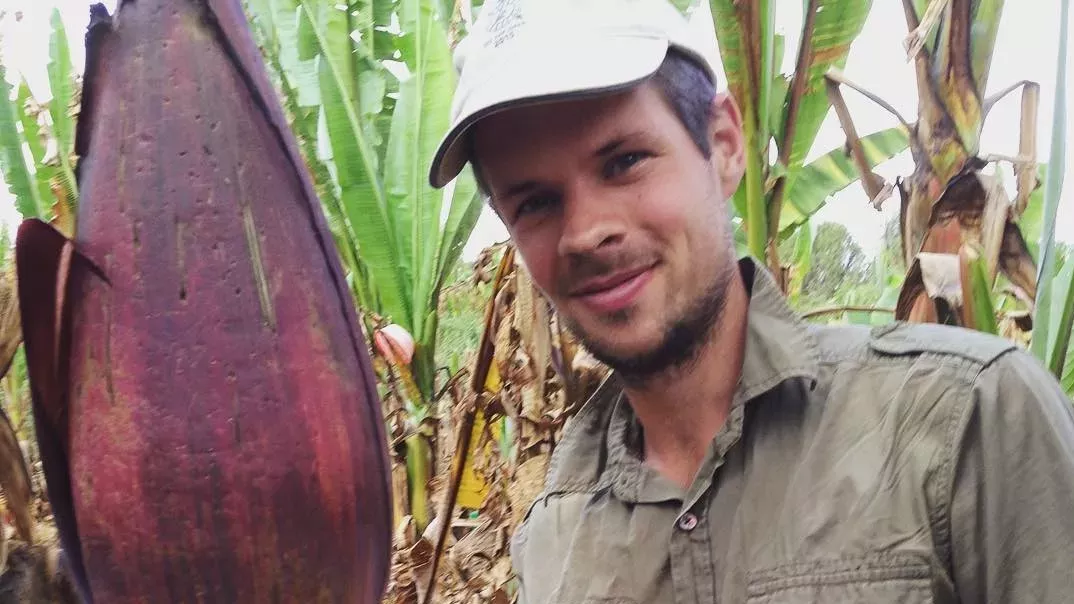
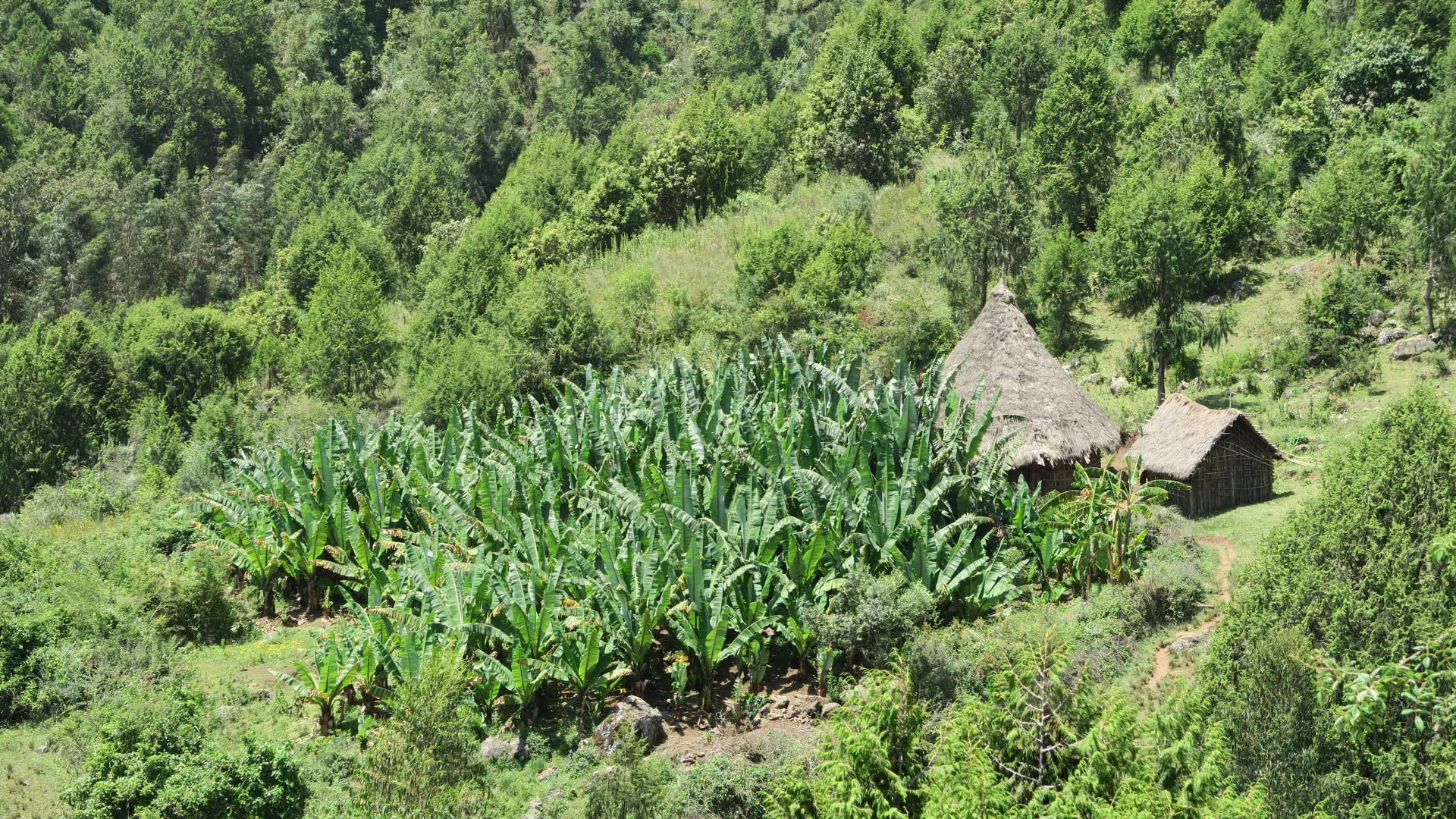
Aaron Davies: Coffee
Coffee farming supports the livelihoods of around 100 million people worldwide, but it is under threat.
Throughout history to this present day, coffee production has relied on the characteristics of wild coffee to overcome key issues like pests and diseases.
In an era of accelerated climate change, wild coffee species are more important than ever to secure the future of our favourite drink.
At Kew, our scientists advise on the climate resilience of coffee-growing regions in Ethiopia and how to adapt the industry to support local livelihoods.
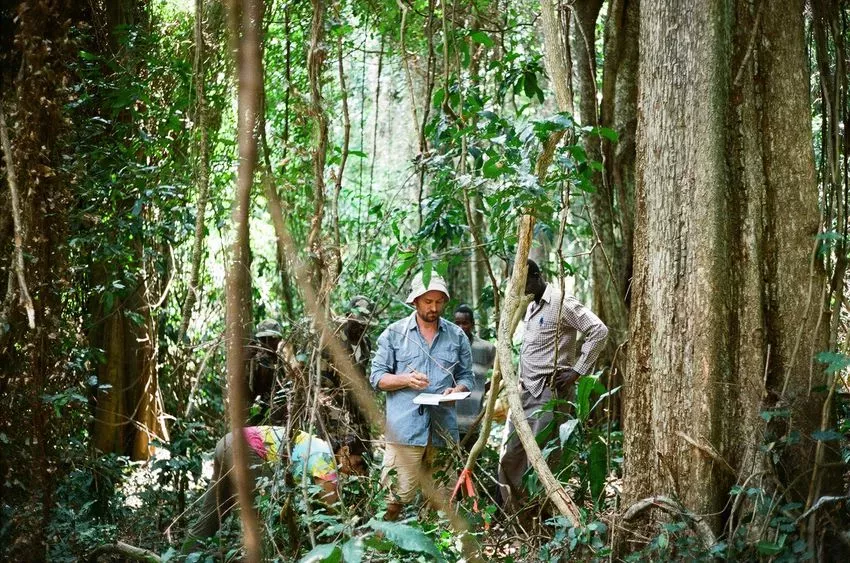
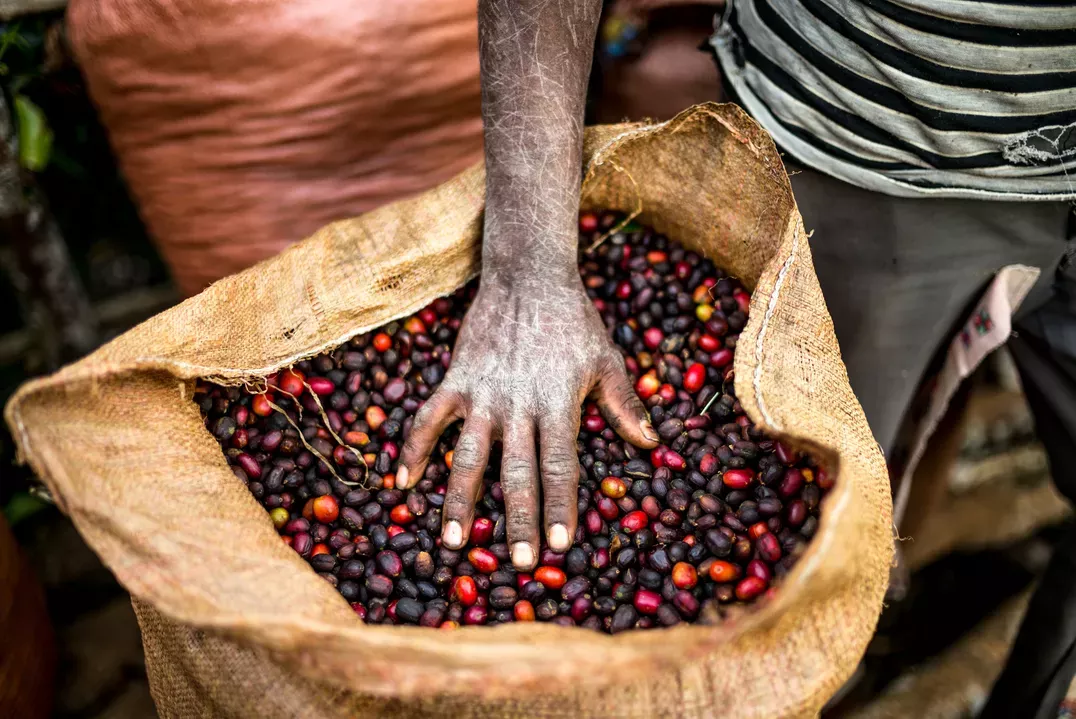
Paul Wilkin: Yams
Madagascar’s population relies on wild yams to supplement small, seasonal, and unreliable crops.
Of Madagascar's 40 yam species, at least 12 are threatened by overexploitation, habitat loss and climate change, and many of these threatened species only grow in small areas of the country.
Kew’s work supports community cultivation of wild yams in Madagascar for use as food and in trade.
Like coffee, wild yams have the potential to be climate-resilient, helping to provide a sustainable food supply for low-income families in the face of climate change.
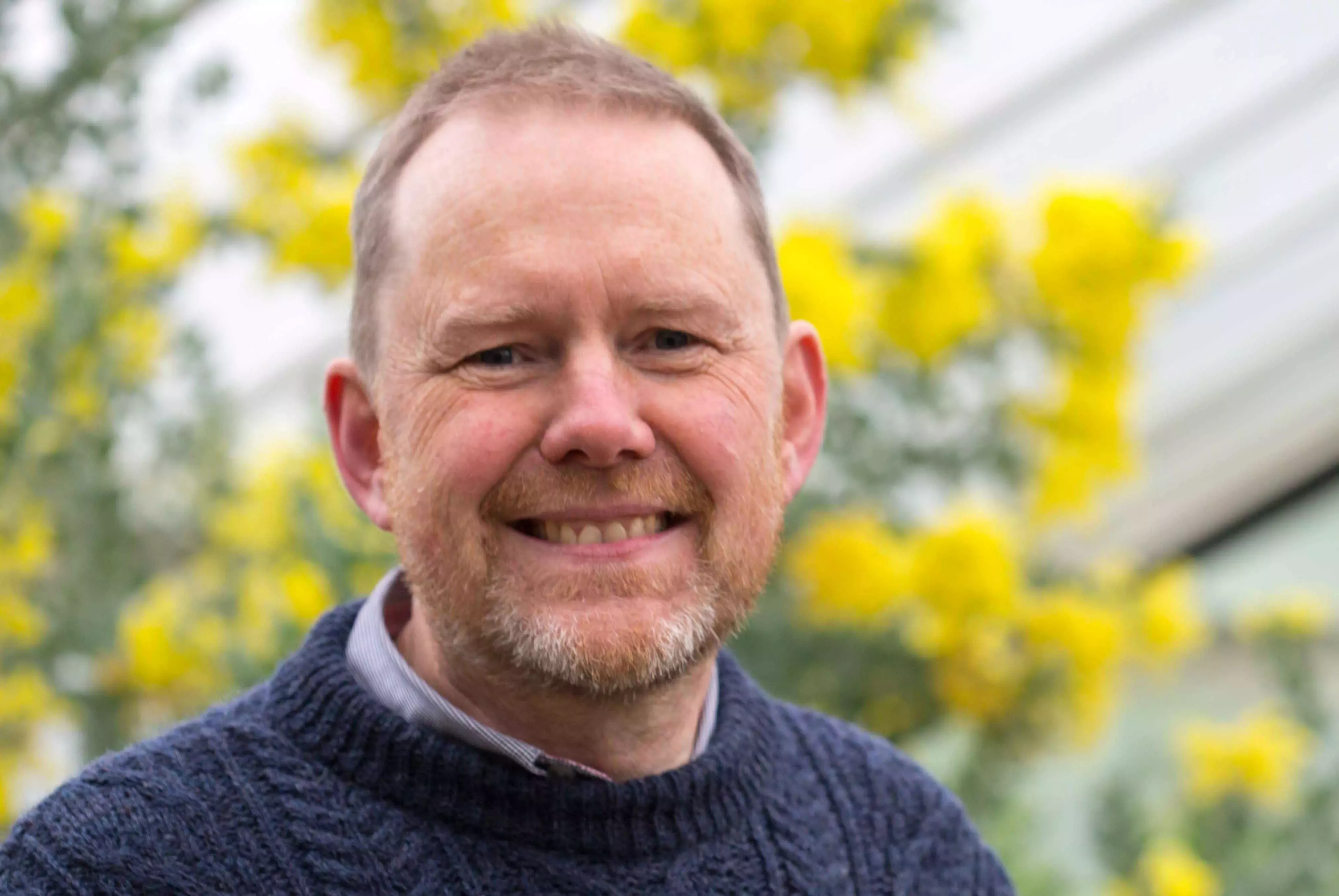
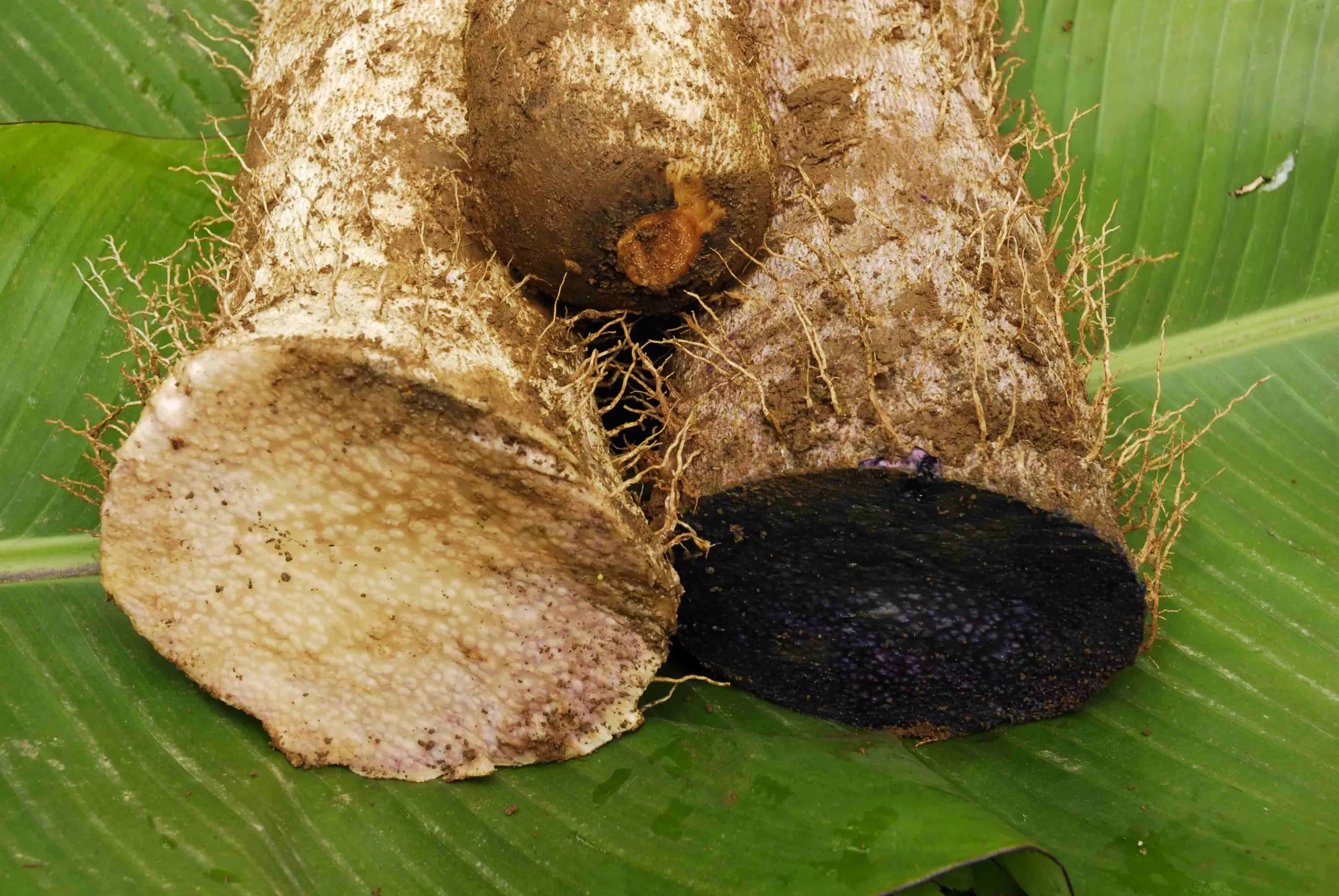
Evening talks
The question of how we feed ourselves – now and in the future – is becoming ever more pressing.
Our fortnightly talks programme invites leading writers, artists, scientists and chefs to come together in our iconic Temperate House and explore the future of food in a changing world.
Join Alexandre Antonelli (Director of Kew Science); Deirdre ‘Dee’ Woods (chef and food activist); Zoe Adjonyoh (chef and writer); Dan Saladino (food journalist); Carolyn Steel (writer); Jenny Linford (editor of The Kew Gardens Cookbook) and many more for an entertaining and thought-provoking evening at Kew.
Guest Menus at the Pavilion
We have invited four inspiring guest chefs to each design a bespoke menu for the Pavilion Bar and Grill in collaboration with CH&CO Executive Chef Brwa Ahmad.
Their menus explore some of the possible ‘foods of the future’.
Anna Jones | 19 May – 15 June
Anna is a cook, stylist and author. She believes that vegetables should be put at the centre of every table and is led by the joy of food and its ability to affect change in our daily lives.
Her most recent book One is a Sunday Times Bestseller and topped the independent bookseller charts for weeks on end.
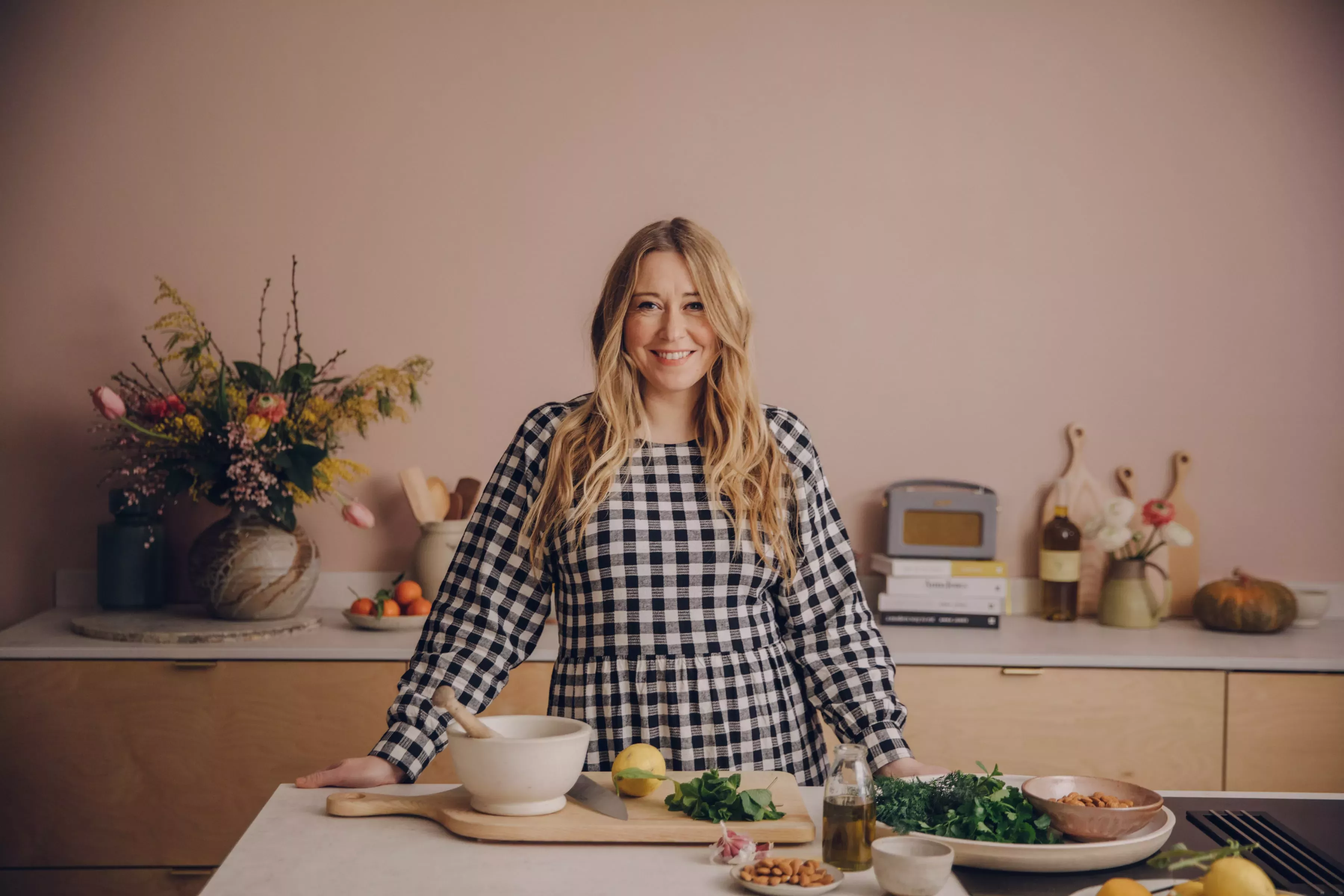
Zoe Adjonyoh | 16 June – 13 July
Zoe’s mission has always been to bring the great flavours of West Africa to a wider audience.
Chef, writer, and founder of Zoe’s Ghana Kitchen, Zoe has been pioneering modern West African food since 2010.
In 2017, she released her debut cookbook Zoe's Ghana Kitchen, landing her a spot on The New York Times Best Cookbooks of 2021.

Tom Hunt | 14 July – 10 August
Tom’s approach to food is rooted in its connection to climate change, championing eating that prioritises the environment without sacrificing pleasure, taste and nutrition.
An award-winning chef, writer and presenter, Tom published Eating for Pleasure, People & Planet in 2020. He writes about food and the environment, and founded Forgotten Feast, a social enterprise promoting sustainable food through dining and celebration.
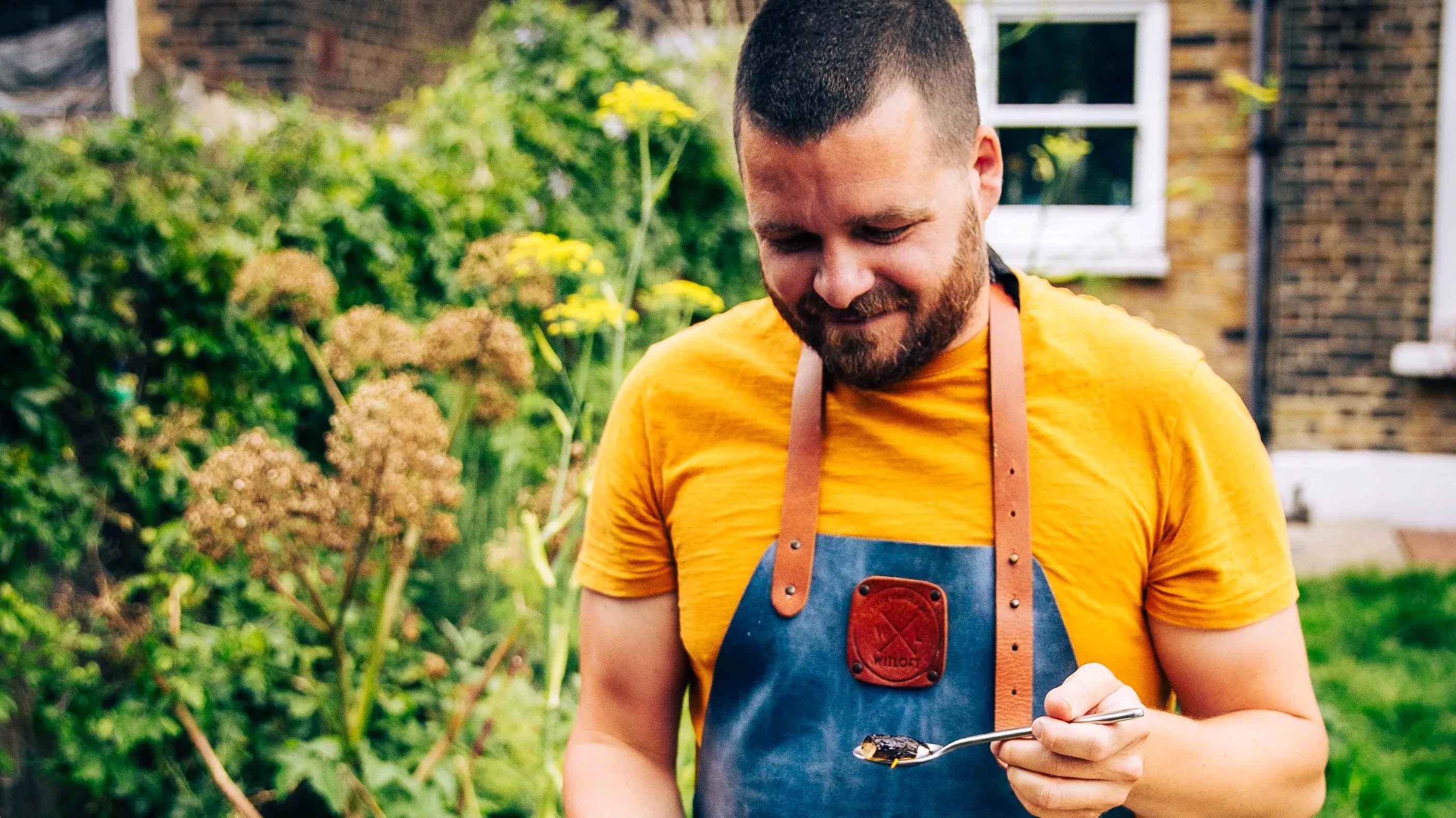
Dr Rupy Aujla | 11 August – 18 September
Dr Rupy Aujla believes in the power of food and lifestyle change and is a leading voice on how nutrition can beat disease and improve health.
He is an NHS doctor and the founder of The Doctor’s Kitchen, which strives to inspire and educate people about the wonders of food and medicinal effects of eating well.
Rupy is also a Sunday Times bestselling author, and recently launched his cooking app The Doctor's Kitchen.
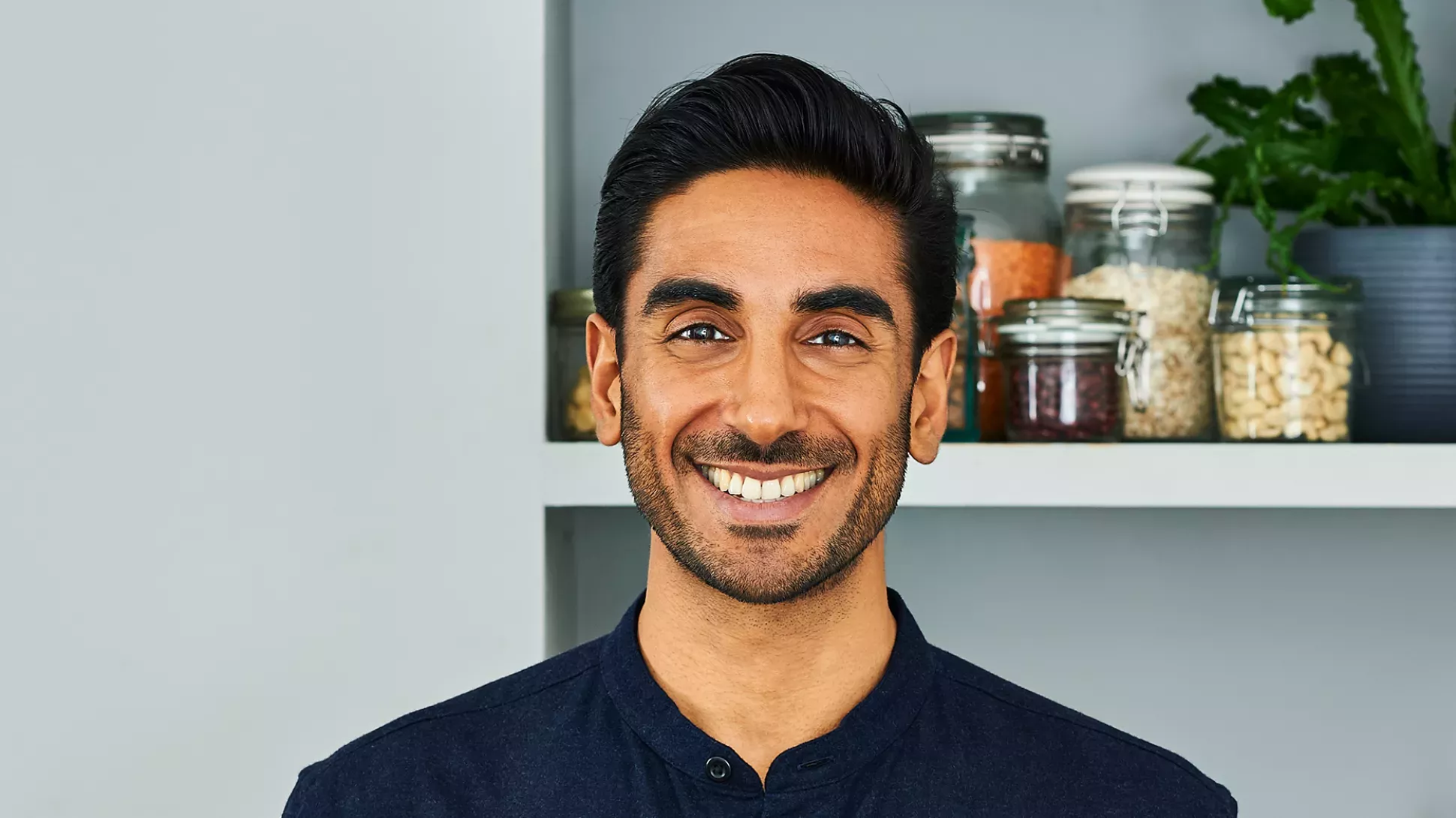
Have we whet your appetite?
Join us to explore the future of food at Kew’s event of the summer.
Alongside immersive art installations and weekend activities, there’ll be a brand-new trail around the Gardens, a whole host of evening talks, films, and after-hours events, so plenty to sink your teeth into!

